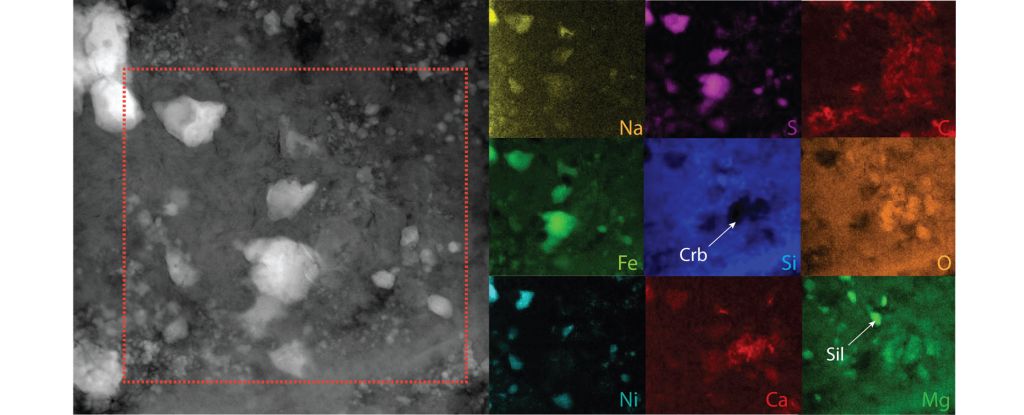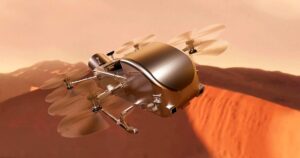Much has changed in the roughly 4.5 billion years since the Solar System first assembled from a disk-shaped cloud of swirling dust and gas.
The stuff from which everything was formed has undergone some major changes—packaged into planets, blasted by solar radiation and plasma, altered by interactions with other atoms.
Therefore, the main components of this initial, early dust disk are difficult to discern. But not, as it happens, completely impossible.
Preserved in an ancient rock that fell to Earth from space and was discovered in 2018, an international team of scientists has now identified traces of material that they believe must have come from protoplanetary discwhen the solar system was young.
It’s a discovery that could give us new insights into the history of the Solar System and the basic building blocks from which everything around us, here on Earth and around the Sun, was born so many centuries ago.
The sun, like all stars, was born in a cloud of dust. A denser knot in the cloud collapsed under its own gravity, spinning, curling the material around it into a disc that fed into the growing star. When the Sun was finished, what was left of that disk formed everything else in the Solar System: the planets, moons, asteroids, comets, and the icy chunks of rock that make up the spherical Oort cloud, which is thought to encapsulate it all.
This Oort Cloud consists of icy chunks of rock that sometimes make their way into the inner Solar System, orbiting the Sun, releasing gas and dust as they do so. These are long-period comets, with orbits of hundreds to hundreds of thousands of years.
The Oort Cloud, so far from the Sun, is believed to have remained relatively unchanged since the birth of the Solar System and thus represents the most pristine example of the primordial material that made up the disc that formed the planets.
But this material was a challenge to study closely. Even when cometary fragments containing this primordial material make their long journey through the Solar System to enter Earth’s atmosphere, they melt as they fall.
This brings us to meteorites. Although space is mostly empty, comets and meteorites sometimes collide. When this happens, it is possible that some cometary material is mixed with the meteorite, trapped inside as fragments called clasts.
If this meteorite enters the Earth’s atmosphere, it will also heat up – but the comet fragments contained within may remain protected and reach the surface intact.
That’s what the team of researchers led by cosmochemist Elisheva van Kooten of the University of Copenhagen found in a meteorite called Northwest Africa 14250 (NWA 14250).
Using a scanning electron microscope and spectroscopic analysis, the researchers studied very closely the contents of NWA 14250 and the isotopes of various minerals found in the clasts within it. The minerals in some clasts, the researchers say, are most likely of cometary origin, meaning meteorites like NWA 14250 could provide a tool for studying the composition of the early Solar System.
But there is more. The team found that the clasts were very familiar: they resembled clasts found in other meteorites from the outer Solar System near Neptune, as well as samples taken from the Ryugu asteroid.
This suggests, the researchers say, that not only is the primordial material relatively common (though somewhat difficult to access), the composition of the protoplanetary disk was relatively uniform throughout the formation of the Solar System.
“Contrary to current belief, the isotopic signature of the comet-forming region is ubiquitous among outer Solar System bodies, possibly reflecting an important planetary building block in the outer Solar System,” the researchers wrote.
“This makes it possible to determine the nucleosynthetic fingerprint of the comet-forming region and therefore reveal the accretion history of the solar protoplanetary disk.”
The study was published in Scientific progress.



